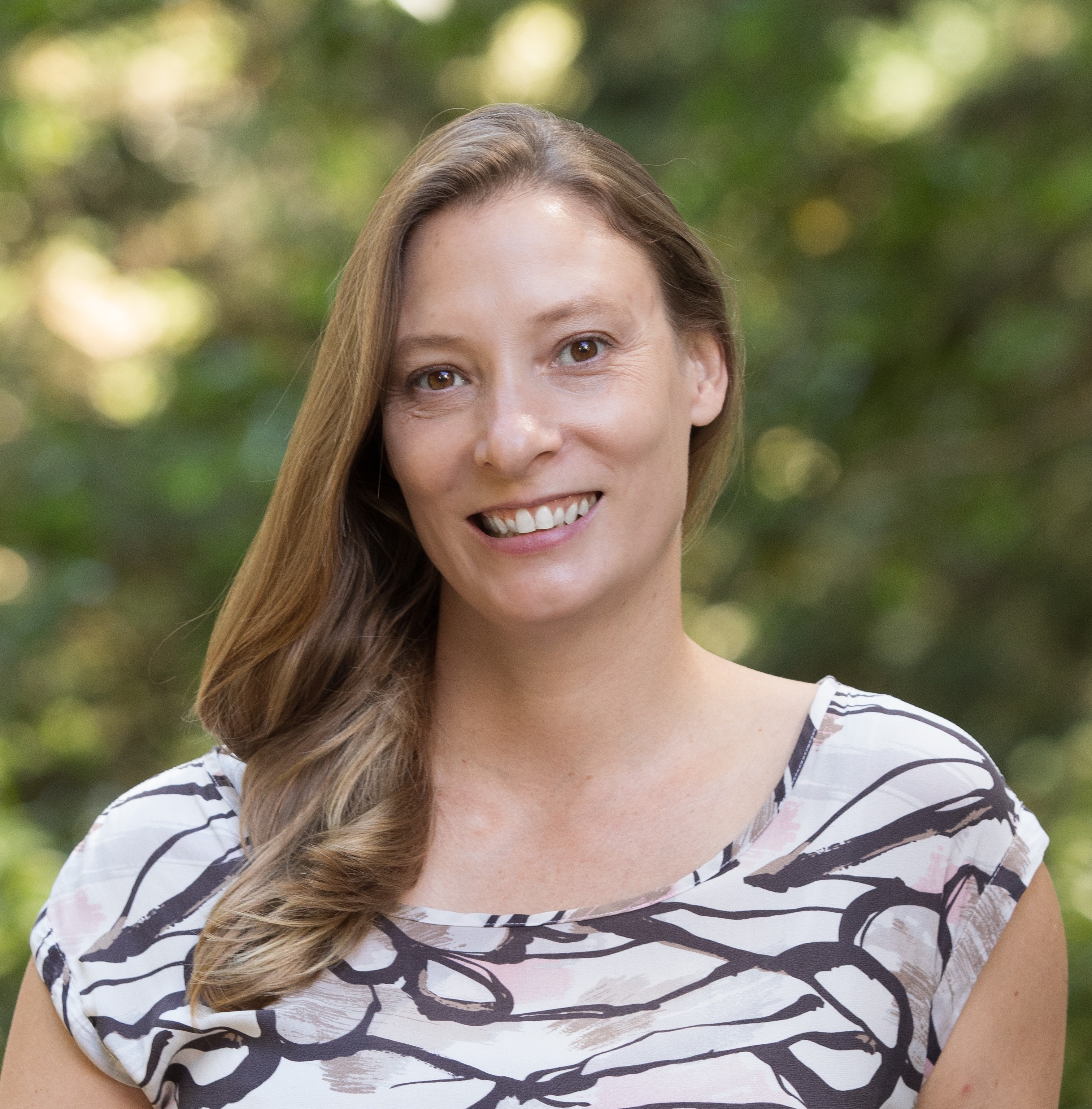AAPT: American Association of Physics Teachers
American Association of Physics Teachers
AAPT is a professional membership association of scientists dedicated to enhancing the understanding and appreciation of physics through teaching.
AAPT 2022 Strategic Plan
A future where the understanding of physics, driven by a vibrant, diverse, and empowered community of educators, researchers, and learners, increasingly benefits the world.
Books from AIP Publishing and AAPT
Visit pubs.aip.org to purchase co-published titles at 25% off digital versions. For $30 black-and-white print copies choose myBook.
Join The U.S. Physics Team
Represent the United States at the International Physics Olympiad Competition with other high school students.
Get Started
AAPT Conferences bring together physics education professionals from around the world to exchange ideas, collaborate, and gain fresh insights into the field. Listen to member testimonials of former meeting attendees who share their experience and what excites them about attending an AAPT Meeting.
Learn more about AAPT Conferences and register for the upcoming 2025 AAPT Summer meeting today!
AAPT® Audience
Learn, grow, and succeed with AAPT
AAPT® Programs
Awards, projects, contests, and opportunities
Latest AAPT News
AAPT Member Spotlight
Meet Amy
I am an Associate Teaching Professor in the Physics Department at the University of California, Santa Cruz (UCSC). I earned my PhD doing very high-energy astrophysics research at UCSC in 2013, after which I moved to work as a postdoc continuing my research at Stanford. This research is something I am still active in, and involves studying the most extreme processes in the Universe by working with large collaborations of scientists, all oriented toward the same goal of discovering how physics works in the most extreme environments. I currently serve as the Spokesperson for the VERITAS Collaboration, an international collaboration of around 100 scientists that uses a unique type of ground-based indirect detection method to study astrophysical gamma rays. Within my field, we are nearing a transition point where we will move to using the next generation of ground-based gamma-ray telescope, known as the Cerenkov Telescope Array Observatory (CTAO).
Read more


 Attend the Joint UMN/Twin Cities + #PICUP Regional Workshop happening on November 8, from 8:30AM-4:00PM CT at the University of Minnesota - Twin Cities. Learn more and register today! https://ow.ly/FotH50X78OO #PhysicsEducation #ITeachPhysics
Attend the Joint UMN/Twin Cities + #PICUP Regional Workshop happening on November 8, from 8:30AM-4:00PM CT at the University of Minnesota - Twin Cities. Learn more and register today! https://ow.ly/FotH50X78OO #PhysicsEducation #ITeachPhysics

